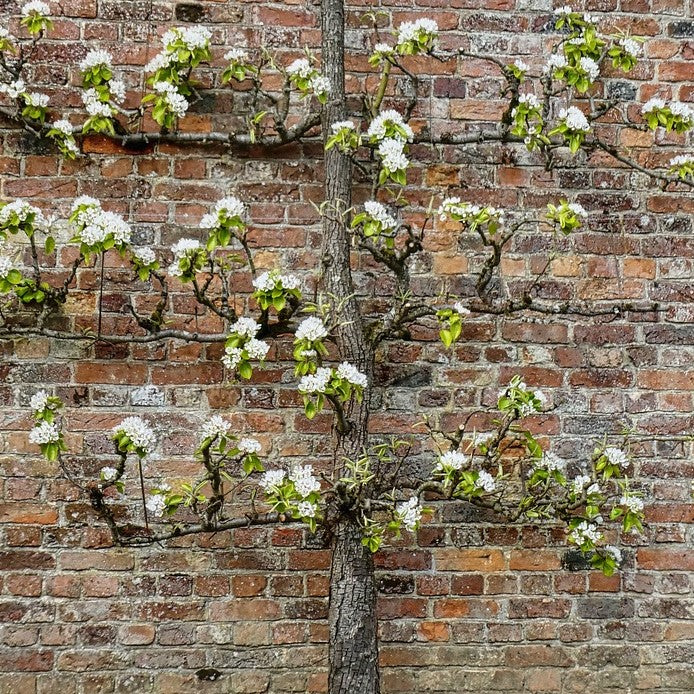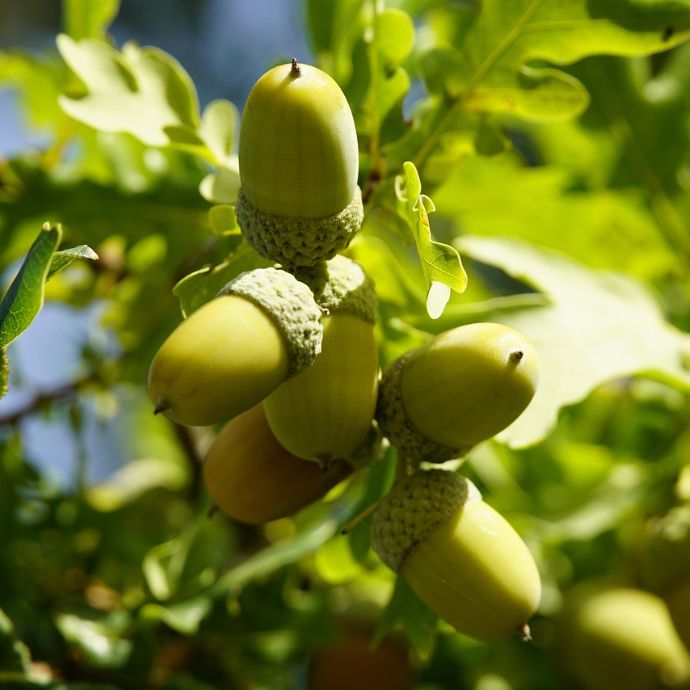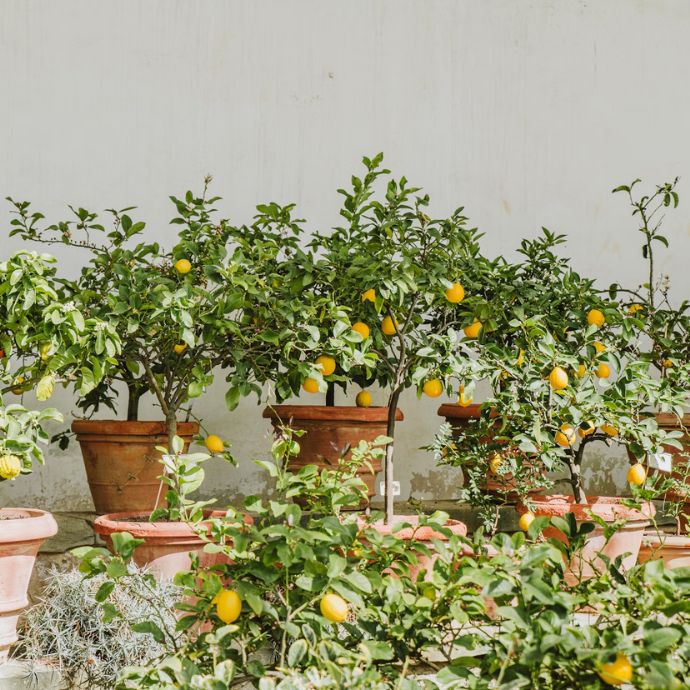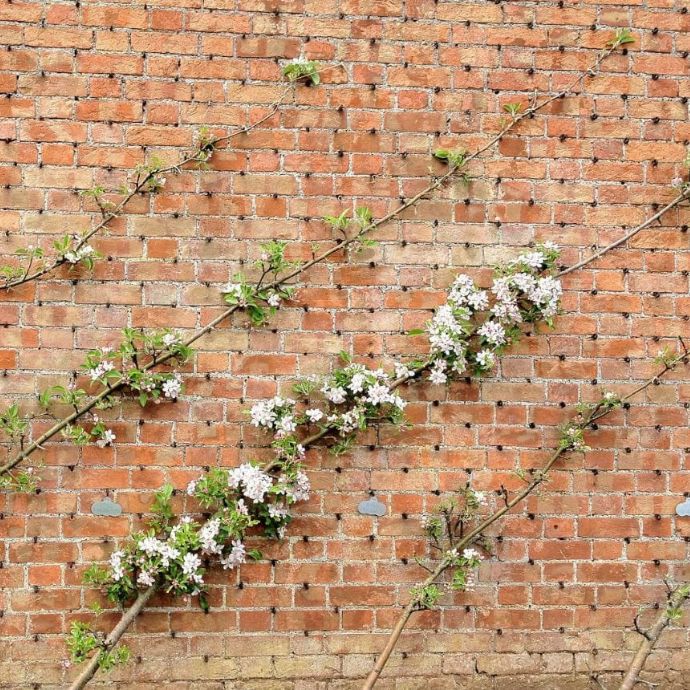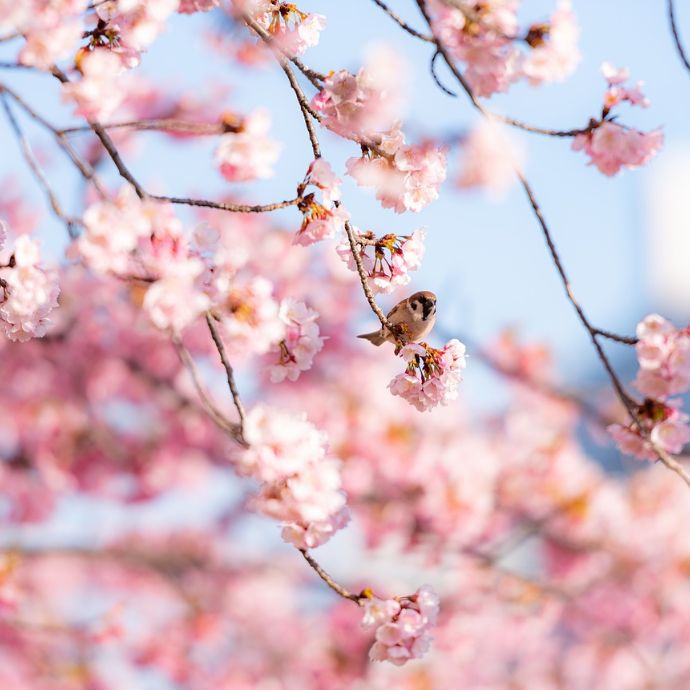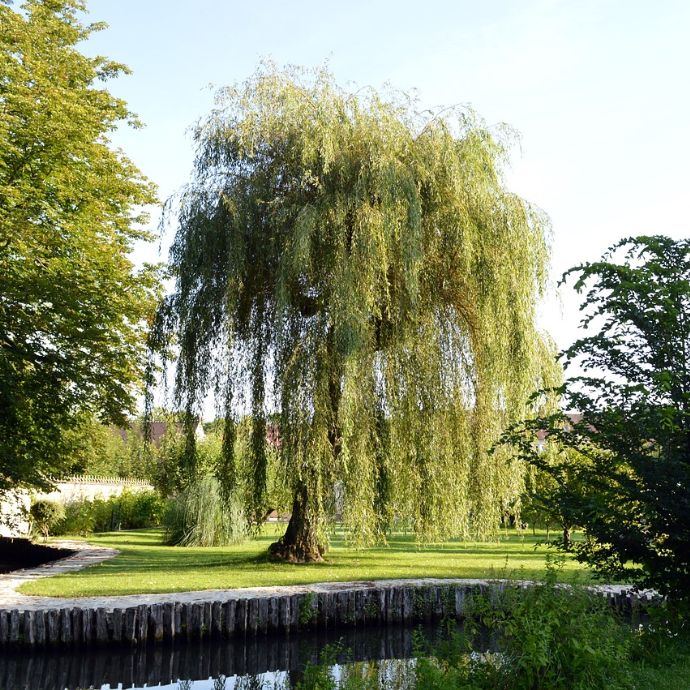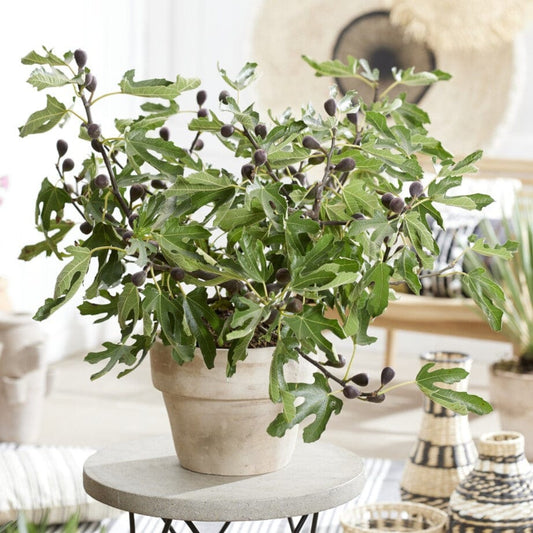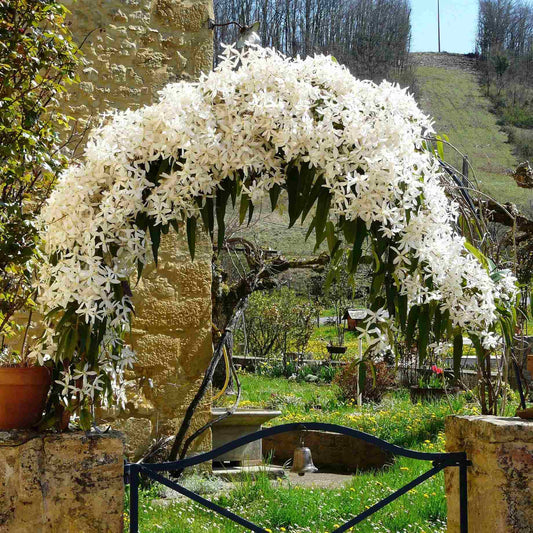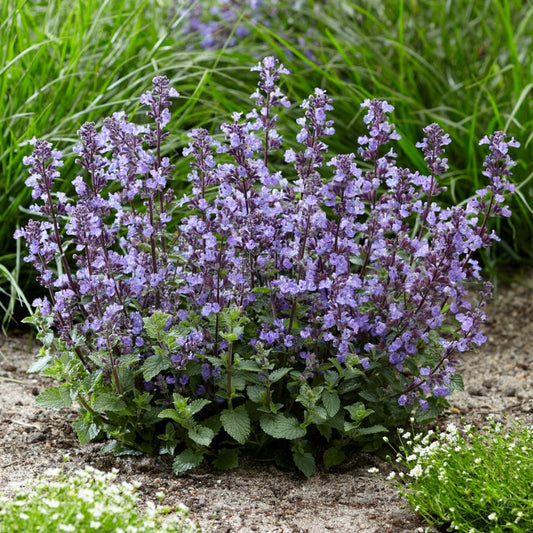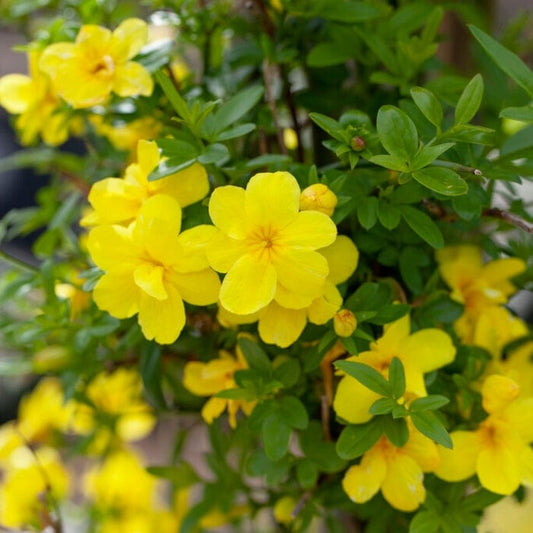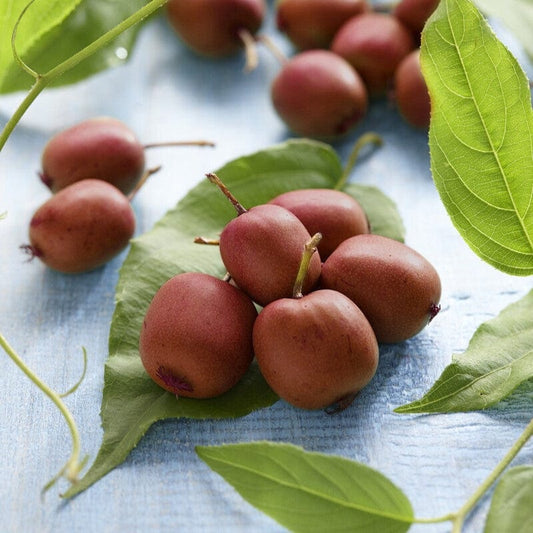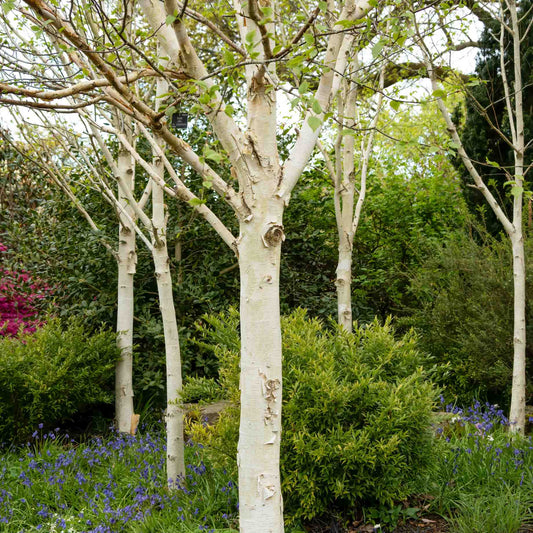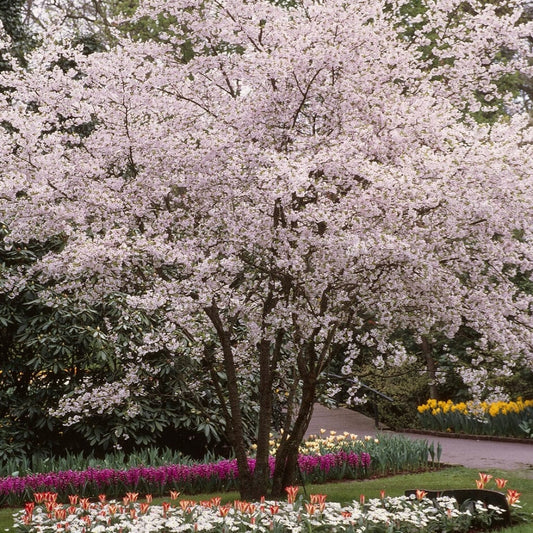What to Do If Your Plant Doesn’t Look Like You Expected
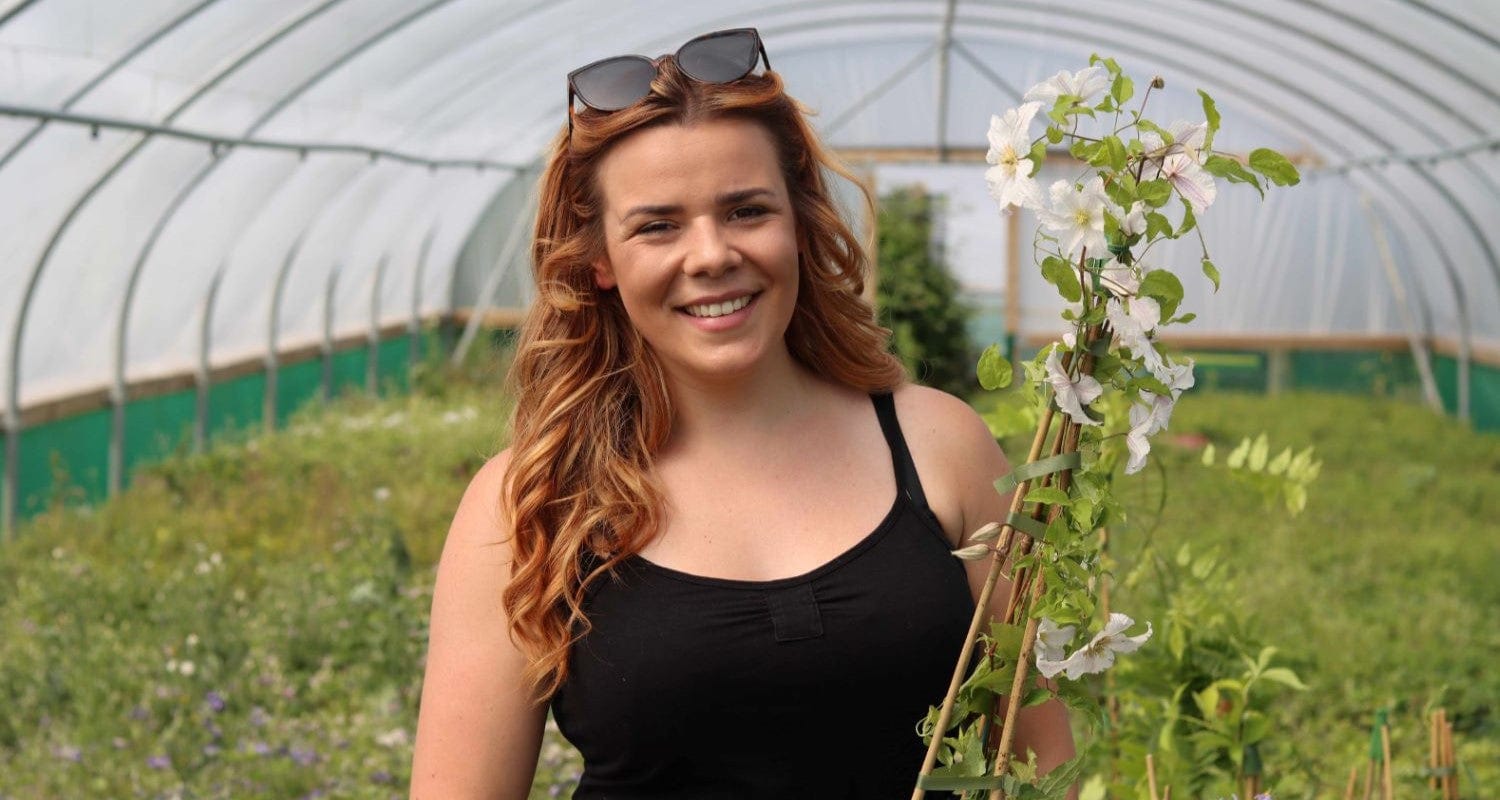
It’s a problem that occupies that strange Venn diagram between online dating and plant purchasing. What do you do when your date - or plant - turns up looking worse than you expected? Either scenario can certainly be disappointing.
We can't fix the guy who looked like George Michael online and turns up IRL more like Michael Fabricant, but we can help with plants. So if you get your new plant and it’s not what you expected, what can you do?
Jump to:
- How to give my plant the best start
- My bare root plant is a bundle of sticks
- My plant is brown
- My plant is not flowering
- My plant’s leaves are yellow or falling off
- My plant is a bit small
- Is my plant dormant?
- How to check if my plant is dead
- How to revive my plant
- What to do if my plant is definitely dead
Give your plant the best start
When you receive your plant, it’s important that you remove it from the packaging ASAP and put it in a warm, light, draught-free place. It might look a bit miserable after its journey to your garden, but nine times out of ten it’ll soon perk up. Together with our growers, we've put together some helpful advice for each type of plant.
Help! My plant looks weird
These are some of the most common reasons for a plant looking dodgy.
1. It looks like a bundle of sticks (bare root plants)
If you buy bare root plants between November and May (bare root season) they will arrive without a pot or any compost around the roots, often looking like an underwhelming bunch of sticks. Don’t worry - that’s how they’re meant to look. Just follow the planting instructions, wait and watch your plant burst into life. Most will come into leaf by May, but some can take up to late June. This is due to the plant putting all its energy into adapting its roots to its new surroundings.
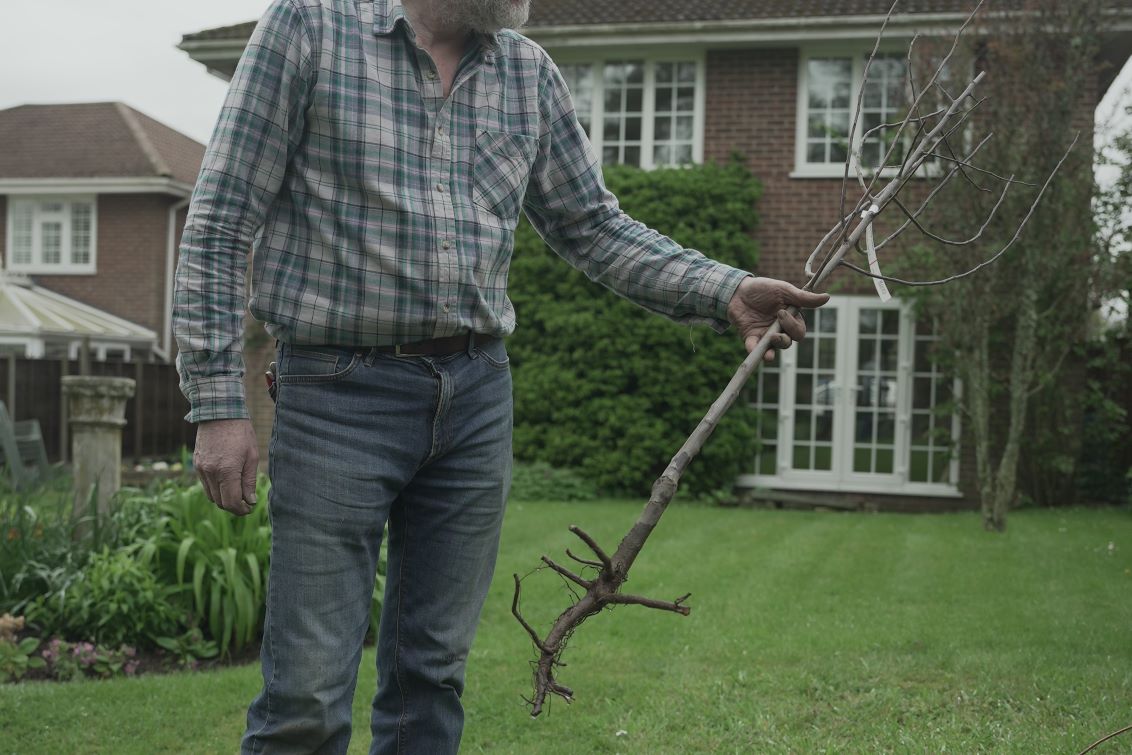
2. It’s brown
If you’ve got a perennial plant that’s partly or completely brown, don’t despair. A lot of perennials are deciduous and naturally go through a dormant period after flowering. This can mean parts of the plant turning brown and some leaves dropping off, but once temperatures and light levels rise, the plant should start to bloom again.
3. It’s not flowering
In order to avoid your plant arriving with dead flowers or running to seed, our growers might deadhead the plant before they send it. This means that although there might not be any flowers when it reaches you, the plant will soon produce new ones once it’s in the soil.
4. Its leaves are yellow or falling off
A few dry leaves falling off is entirely natural and part of the growth cycle - as long as there are also some green leaves on your plant, it’ll be fine. Simply remove the dead leaves - this will allow more sunlight and air to reach the new growth.
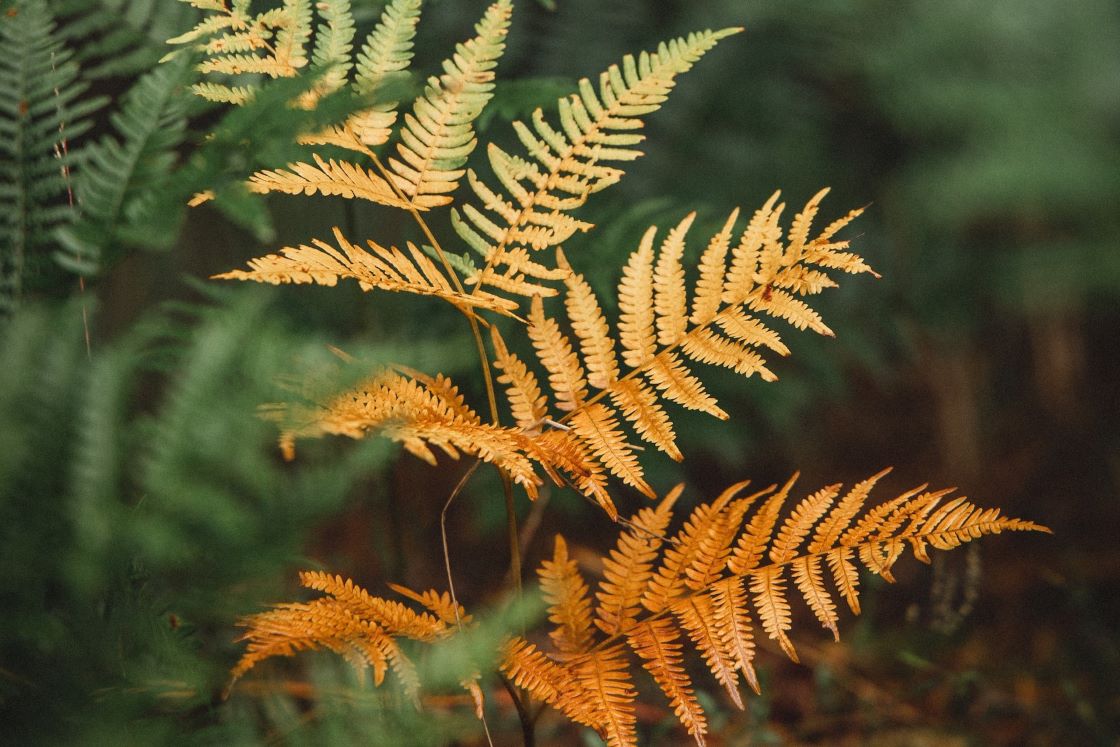
5. It’s a bit small
Plant looking smaller than it did online? Don’t worry! When you get a plant early on in the growing season, it may look small, but it will soon put on lots of growth when it’s planted - and you’ll get the satisfaction of watching that happen.
This particularly applies to trees and climbers, where the growers often prune back the plant to its main stems so that it will grow stronger, healthier and more upright when it’s planted, rather than putting its energy into lots of small side shoots. This means that your plant establishes more quickly, performs better and ultimately lives longer.
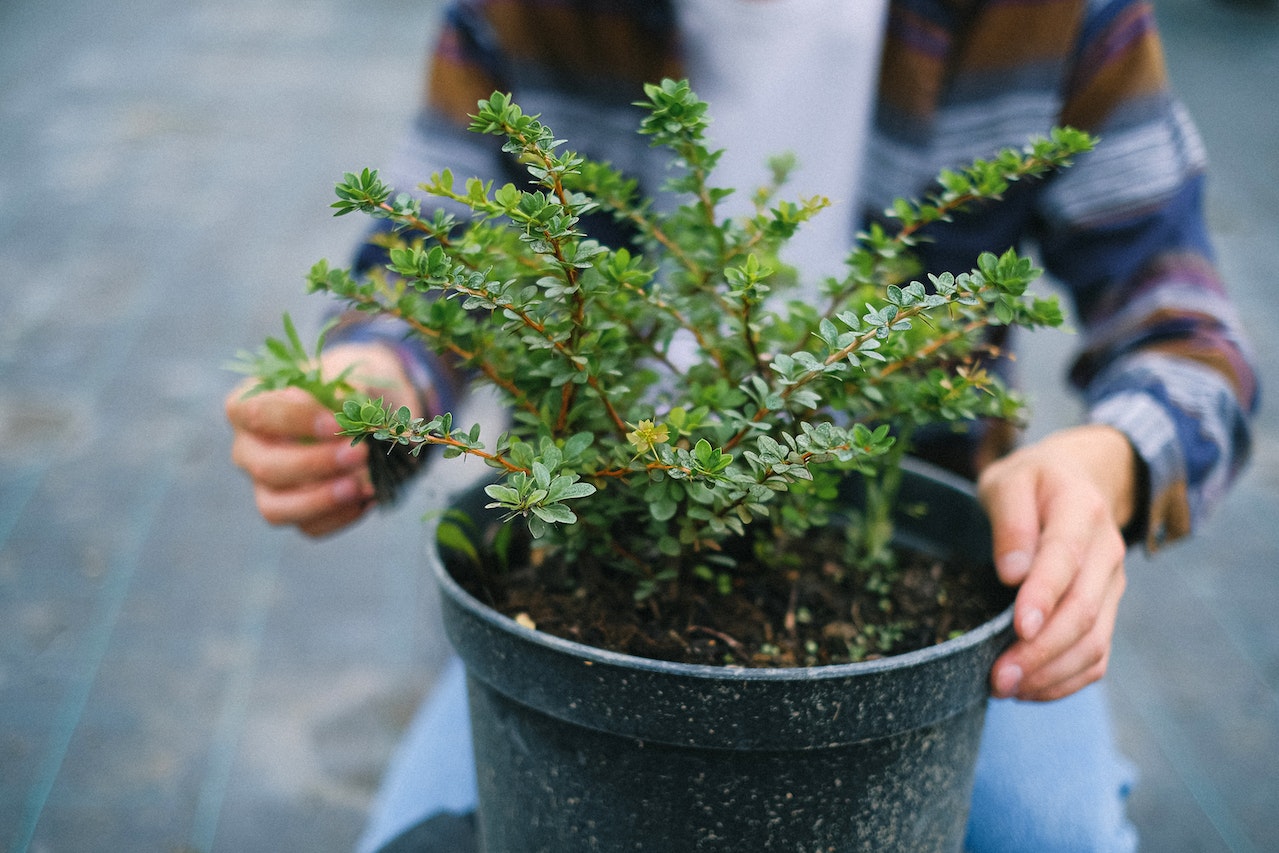
Is it dormant?
Check whether your plant is deciduous or evergreen, as this is often the key to understanding its lifecycle. Deciduous plants are dormant (not actively growing, looking a bit below par) from late summer to autumn, while most evergreen plants keep their leaves year round. Semi-evergreen plants can shed some of their leaves in the autumn to conserve energy in cold weather.
Is it dead?
Sometimes plants may look as if they’re on their last legs but will soon revive with a little TLC. Trees especially can take a few more weeks and usually come into leaf later than established trees in your garden. Similarly, non-UK native plants can take a while to get going, especially if we’re having a cooler spring. If you’re not sure, here’s how to tell by looking closely at each part of your plant.
1. Start with the stems
For woody plants, start with the scratch test: hold a stem in your hand and gently scratch away a little of the outer bark with your fingernail. If the wood is green underneath, all is well. If it’s not, try one or two more places further down the stem and don’t give up yet…
2. Twist a twig
For woody plants and climbers, hold a twig and gently bend or twist it between your fingers. If it’s dead it will snap, but a live twig will shred or simply bend as it’s full of moisture. Any hint of green in a shredded twig means that the plant is still alive.
3. Look at the leaves
Your plant’s leaves should be springy, green (or purple/white/red if that’s your plant’s thing) and full of moisture. If they’re dry, brown or shrivelled, your plant may be dying. If only the lower ones are dry, it’s likely the plant will make it - add some fertiliser to the soil to give it a nutrient boost and after a day or two you should see an improvement.
If you see spots on your leaves, that’s generally a sign of pests or disease. One or two are nothing to worry about - simply remove the affected leaves - but if there are a lot, you should quarantine your plant away from any others and contact us straight away. Our experts will take a look and we’ll replace anything seriously affected.

4. Check for buds
Check the stems for signs of new buds. Bear in mind that leaf buds usually appear first, so you’re looking for these rather than flower buds - but any new bud growth means that the plant is alive and kicking.
5. Root around in the roots
If you haven’t yet found any signs of life, gently dig away a bit of the soil around the crown (the part of the plant where the roots meet the stems) - it’s better to use your hands for this rather than a tool which might damage the roots. If the plant’s roots appear thick, fleshy and healthy, the plant is alive. If they’re dry, try watering your plant. If they’re mushy, try repotting in dry soil as this is a sign your plant is waterlogged. What you do not want to find is roots that smell mouldy or unpleasant - this can be a sign of disease.
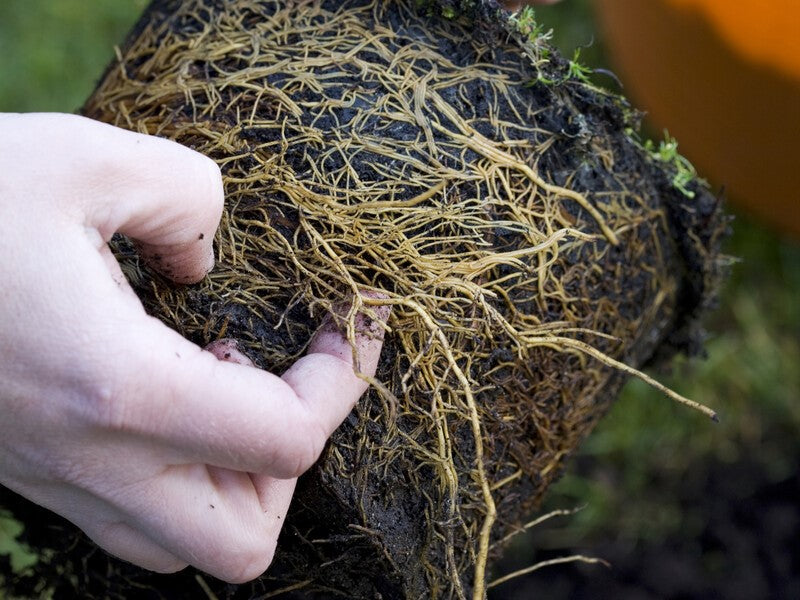
How to revive your plant
If you’ve checked all the vital signs and your plant has new bud growth, green inner wood, bendy stems or healthy roots, there’s a very good chance that with a little TLC, it will be as good as new in the spring. Here’s how to perk up your plant.
1. Pruning
Cut back all the dead parts of the plant, down to the healthy growth. This will trigger new growth and the plant will soon respond by putting out new shoots and leaves.
2. Water
If your plant is wilting or the soil or roots are dry, give it some water. Dried out plants will usually come back to life pretty quickly after a drink.
If the soil is already moist, don’t give it any more water - let it dry out in the sun as too much water can deplete the soil - and therefore the plant - of oxygen.
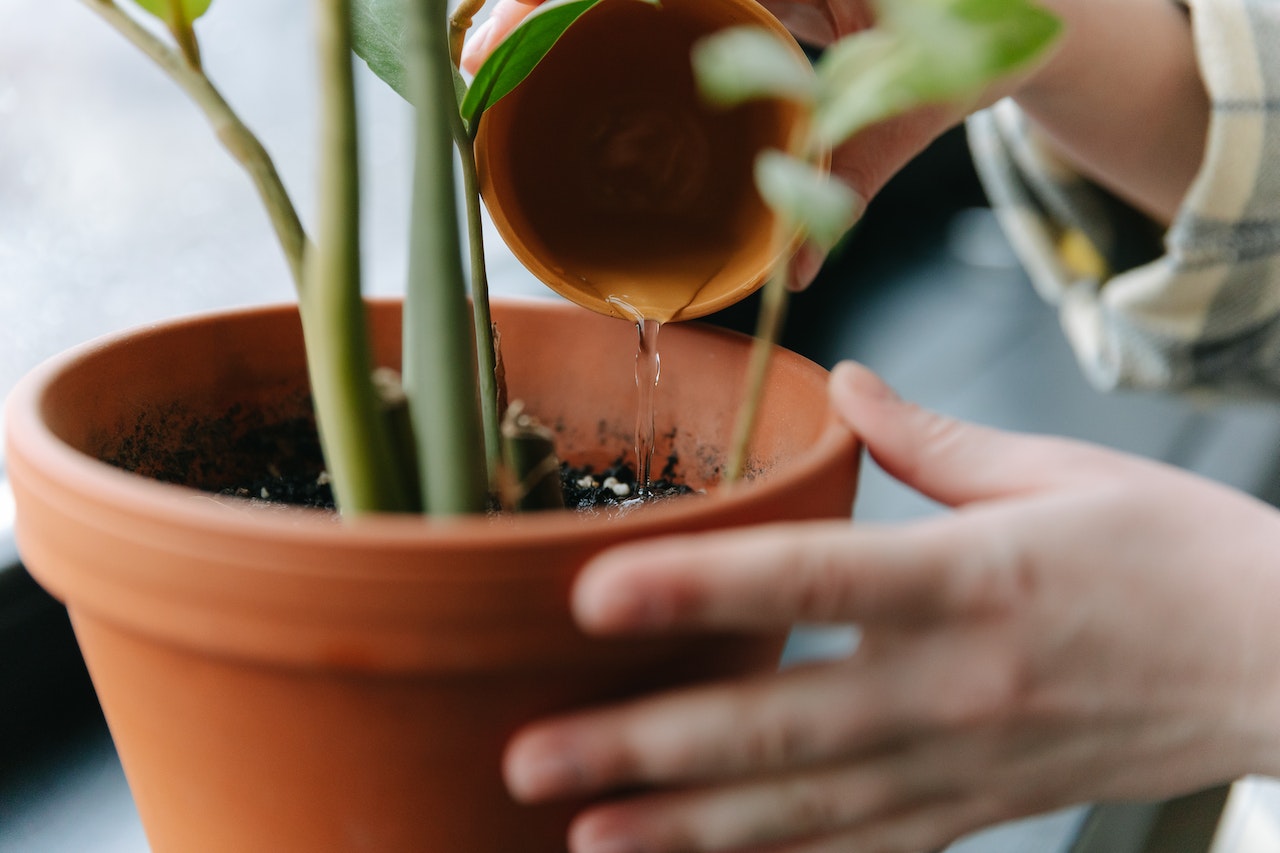
3. Sun
After being in a dark box for a day or two, your plant might be feeling deprived of sunlight. Put it in a warm, sheltered place away from wind and draughts and it should start to wake up.
4. Food
If you’ve done all of this and the plant still looks miserable, it might need a nutrient boost. Try giving it a sprinkle or a few drops of general purpose fertiliser, made up according to the instructions on the pack.
Definitely dead
DOA? Ex-plant? Kicked the bucket? Joined the choir invisible? We hate it when that happens and despite our best efforts, occasionally it does. We won’t make you package it up and send it back to us - that would be weird. Just take a couple of photos, send them to Alice and her team and they’ll sort you out with a replacement. If you can include your order number and tell them what plant it is, that will help them get back to you as quickly as possible.Last updated: 13/11/2023




